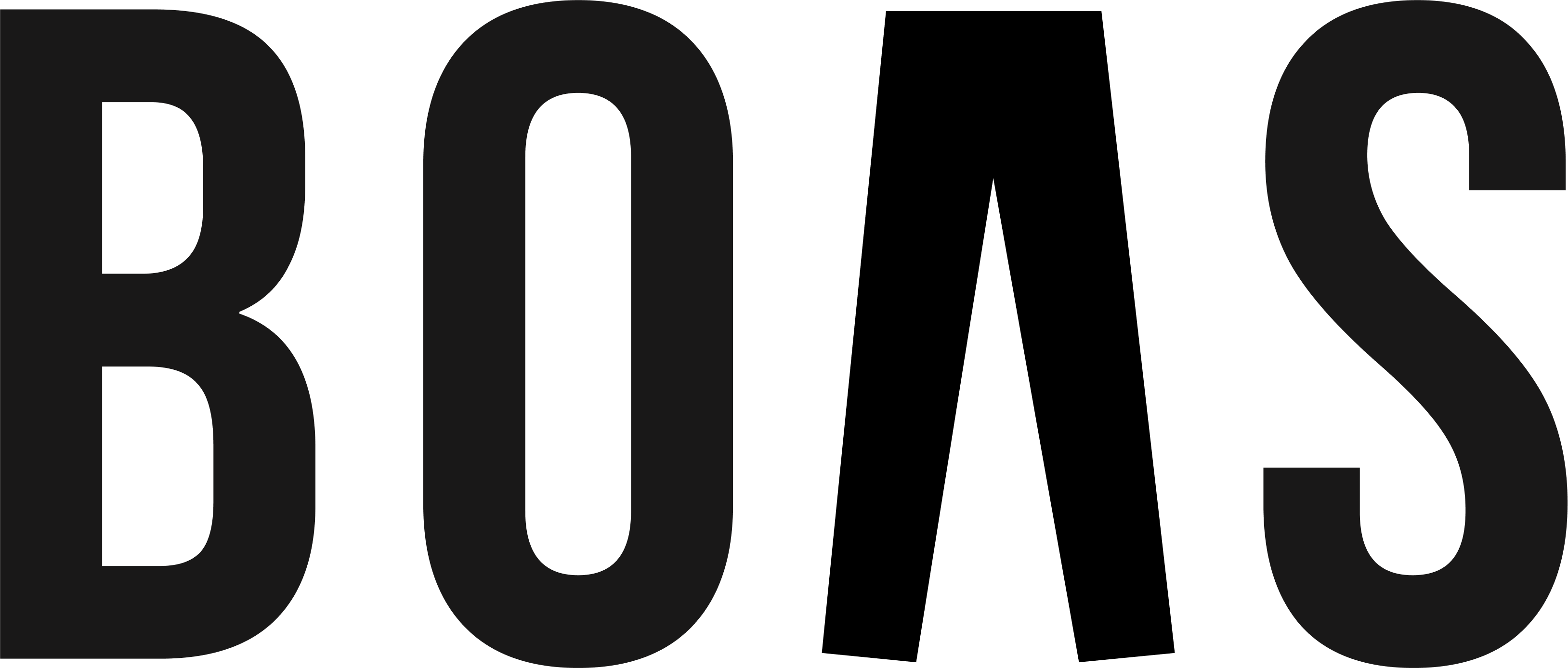
What are scope 1, 2 and 3 emissions?
BOAS is now offsetting its scope 1 and 2, and most of scope 3, emissions by donating to the Clean Air Task Force!
They seek to reduce fossil fuel-related air pollution and address climate change while making sure people in developing nations have sufficient energy to fulfill their needs. Supporting CATF is extremely important as they want to considerably increase their budget, geographic breadth, and policy focus.
In terms of climate change, the Clean Air Task Force is a top choice. They combine high-quality climate policy research with a track record of achieving big policymaking on a small budget. Overall, we’ve learned that the Clean Air Task Force is one of the most effective organizations for pursuing a technology-neutral energy innovation agenda. BOAS offsets all our scope 1 and 2 CO2 emissions and most of our scope 3 emissions every quarter with CATF.
We hear you ask: what are scope 1, 2 and 3 emissions?
Scope 1 are direct emissions from company owned and controlled assets. These could be fuel used driving cars (assuming they aren't completely electric) or gas used for heating food (vegan hot dogs for days!). Any direct emissions resulting from an organization's activity or under its control. On-site fuel combustion, such as gas boilers, fleet vehicles, and air-conditioning leakage, are all included. At BOAS these emissions are almost zero and we round up this number to be on the safe side.
Scope 2 are indirect emissions from the generation of purchased energy that we own. These are for example the emissions from the fuels we use for heating and powering our laptops, or purchased power, steam, heat, and cooling all produce indirect emissions. We calculate how much heating and electricity we use and round this number up, again, just to be sure. The sources of our heating and electricity are mostly green, so again, this number is very low for BOAS. Scope 1 and 2 are easier to measure, but what about scope 3?
Scope 3 includes emissions that aren't created by the company and aren't the outcome of actions from assets owned or controlled by the firm but are caused by those who are indirectly accountable for the company's emissions up and down its value chain. When we buy, utilize, and dispose of things from suppliers, these create indirect emissions. All sources that do not fall under the scopes 1 and 2 are included in scope 3. So scope 3 are a company's value chain indirect emissions, such as the emissions from the burning of our waste by the waste company, the emissions from creating the products you buy on BOAS or the emissions from transporting those products to you and many others. We use a carbon footprint calculator to calculate the emissions from everything we use at BOAS and add business travel, but we don't calculate the emissions from everything we sell. We round up this number to be sure, but we're not offsetting all emissions from everything that's somehow connected to us, because we simply don't know how much and we're not smart enough to make these calculations.
To conclude, scope 1 and 2 emissions are those that a company owns or controls, whereas scope 3 emissions are those that are a result of the firm's actions but come from sources that it does not own or control. Sort of simple, right?
But how easy is it to minimize our emissions in scopes 1, 2, and 3, you may wonder?
There are many factors to consider beyond emissions, such as cost, ethics and practicality, but we can select whether our fleet emits low or zero emissions, how our buildings are heated, and a business can seek ways to lower the carbon cost of its manufacturing processes to some extent.
A soft drink manufacturer, for example, has little control over how we dispose of its plastic bottles, nor can an appliance manufacturer dictate whether we use the most or least environmentally friendly settings on our washing machines. At BOAS the biggest source of our emissions is most likely scope 3, but we minimize scope 3 by only sourcing sustainable products and trying to source them locally.
For scopes 1 and 2, quantifying emissions is a little easier. Companies can obtain the data needed to transform direct purchases of gas and electricity into a value for the associated greenhouse gasses in the case of energy use.
Scope 3 emissions, on the other hand, account for the vast majority of overall emissions for many organizations. Regrettably, these are usually the most difficult to eliminate and yet the biggest source of emissions. Working with existing suppliers and customers on ideas to minimize emissions is one of the activities a firm may take to reduce these.
So calculating scope 3 is difficult, but not impossible! If we have the money to hire someone smart enough to calculate scope 3, we will try to minimize those emissions further and offset the emissions we can’t minimize. There's always room for improvement!
P.S. Most companies don't offset any of their emissions and those saying they are carbon neutral, net zero or any of the other buzzwords usually just offset their scope 1 (and sometimes 2) emissions, which are the lowest emissions for most companies. At BOAS we strive to offset all our direct and indirect emissions, including the emissions from everything that we sell, because even sustainable products have a footprint.















